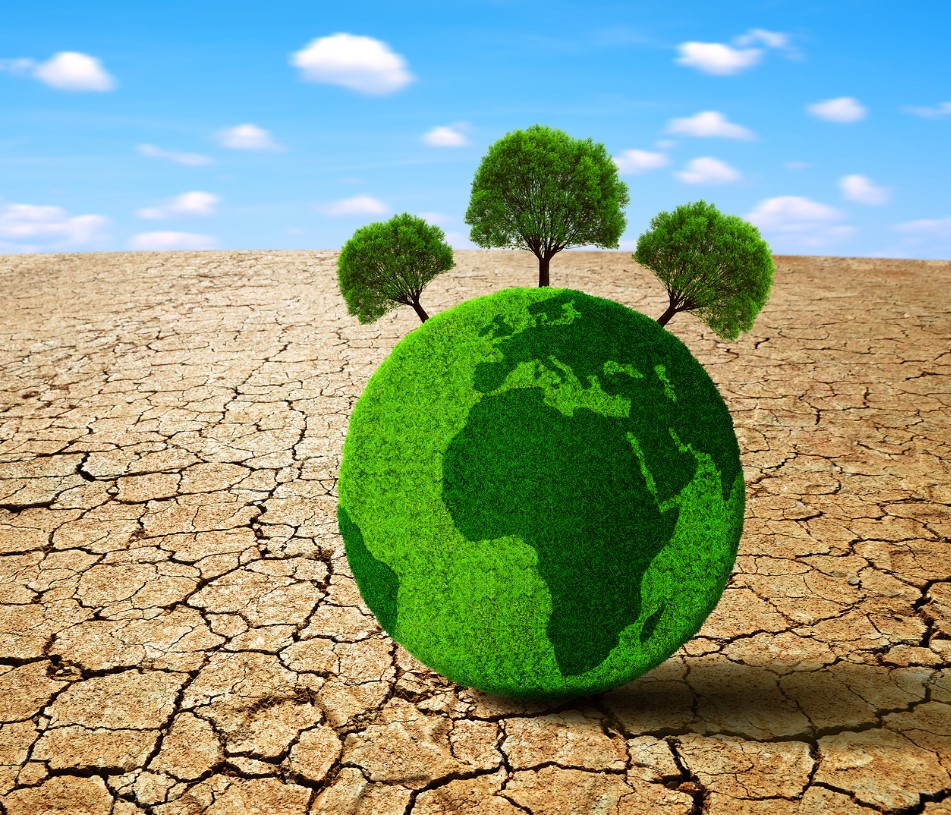News
Kenya Now Finding Sustainable New Agriculture Methods
As pressure on global water resources grows in the face of climate change and an expanding population, it’s vital that industries of all shapes and sizes look at the ways in which they’re operating to see if there are any new strategies they can introduce in order to protect water sources all over the world.
According to the Guardian, local catfish farmers in Kenya are now doing just that and investigating different climate-smart techniques to help them futureproof themselves.
Farmer John Obuom, for example, has been rearing these fish since 2018, having been trained on simple and sustainable agricultural practices and water-harvesting techniques by international development organisations such as Vi Agroforestry and World Neighbors.
Mr Obuom is considered to be a model farmer in the Store Pamba region of Kisumu county, with school and university students visiting his site to learn more about sustainable agriculture practices.
He uses wastewater that is rich in nutrients from his fish ponds to irrigate his crops, which include tomatoes, mangoes, bananas, citrus and cucumbers, as well as popular indigenous vegetables such as the black nightshade.
And Mr Obuom is also able to use this wastewater to help him manage ten beehives on his farm, each of which yield between eight and ten litres of honey every four months or so.
Farmers in the UK can also start making changes to the ways in which they work in order to protect our water supplies by investigating the alternative water resources that are currently available.
The good news is that there are various options available to businesses of all shapes and sizes, such as rainwater harvesting. This involves collecting and storing the water that falls on the roofs of buildings, which can then be filtered and reused for the likes of vehicle washing, laundry and process water, toilet flushing and so on.
Reclaimed wastewater, meanwhile, is water discharged from business operations that is treated at a wastewater facility before being reused for irrigation and other industrial processes.
Greywater, lightly contaminated water through the use of sinks, showers and washing machines, can also be used for irrigation, as well as flushing urinals and toilets. Another option is harvested stormwater, which can be treated to non-potable levels if it hasn’t entered the ground or waterways like streams or rivers – and this too can be used for irrigation.
There are all sorts of benefits associated with researching and adopting different strategies for your water usage and consumption. You’ll be helping to protect the environment and safeguard water supplies for future generations, but you’ll also save yourself money at the same time because you’ll be using less water from your standard supply.
And it’s also worth remembering that you’ll also be protecting yourself against potential interruptions to the mains supply, allowing your business to carry on as normal. If you’d like to find out more, get in touch with the H2o Building Services team today.
